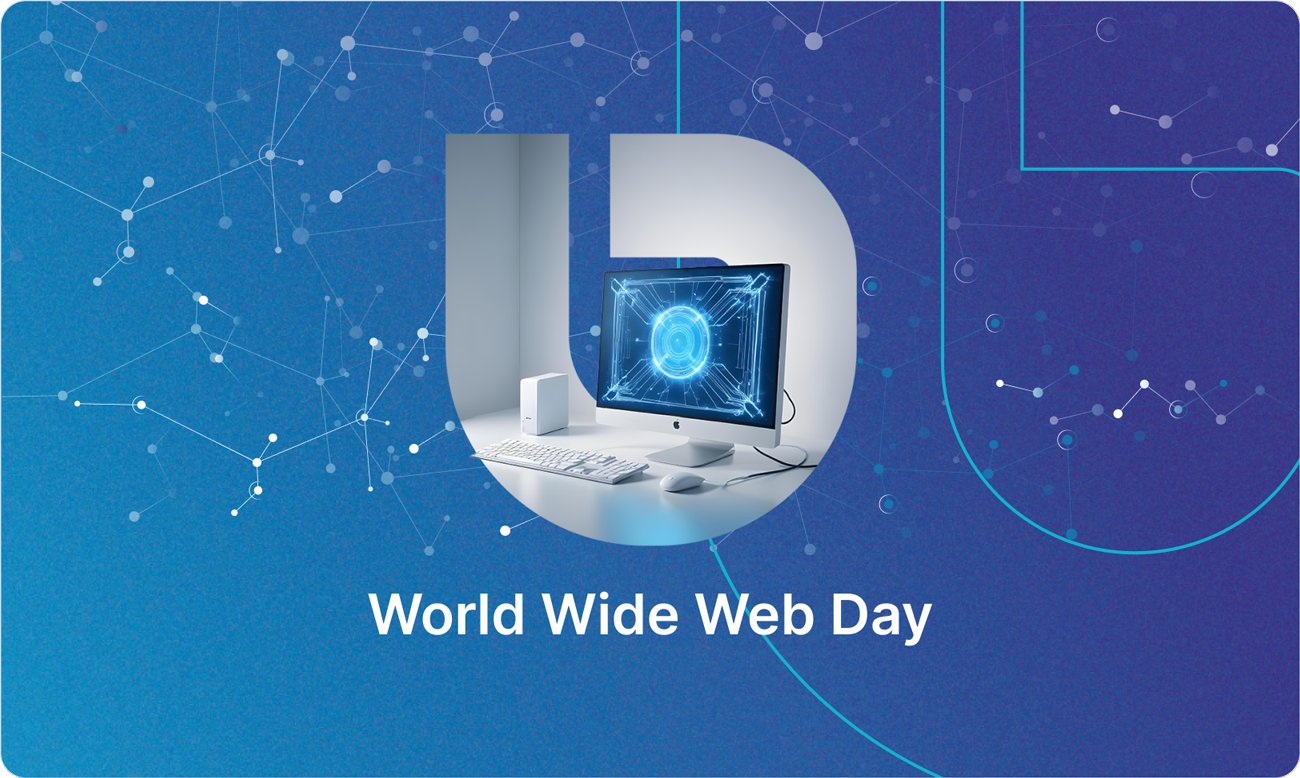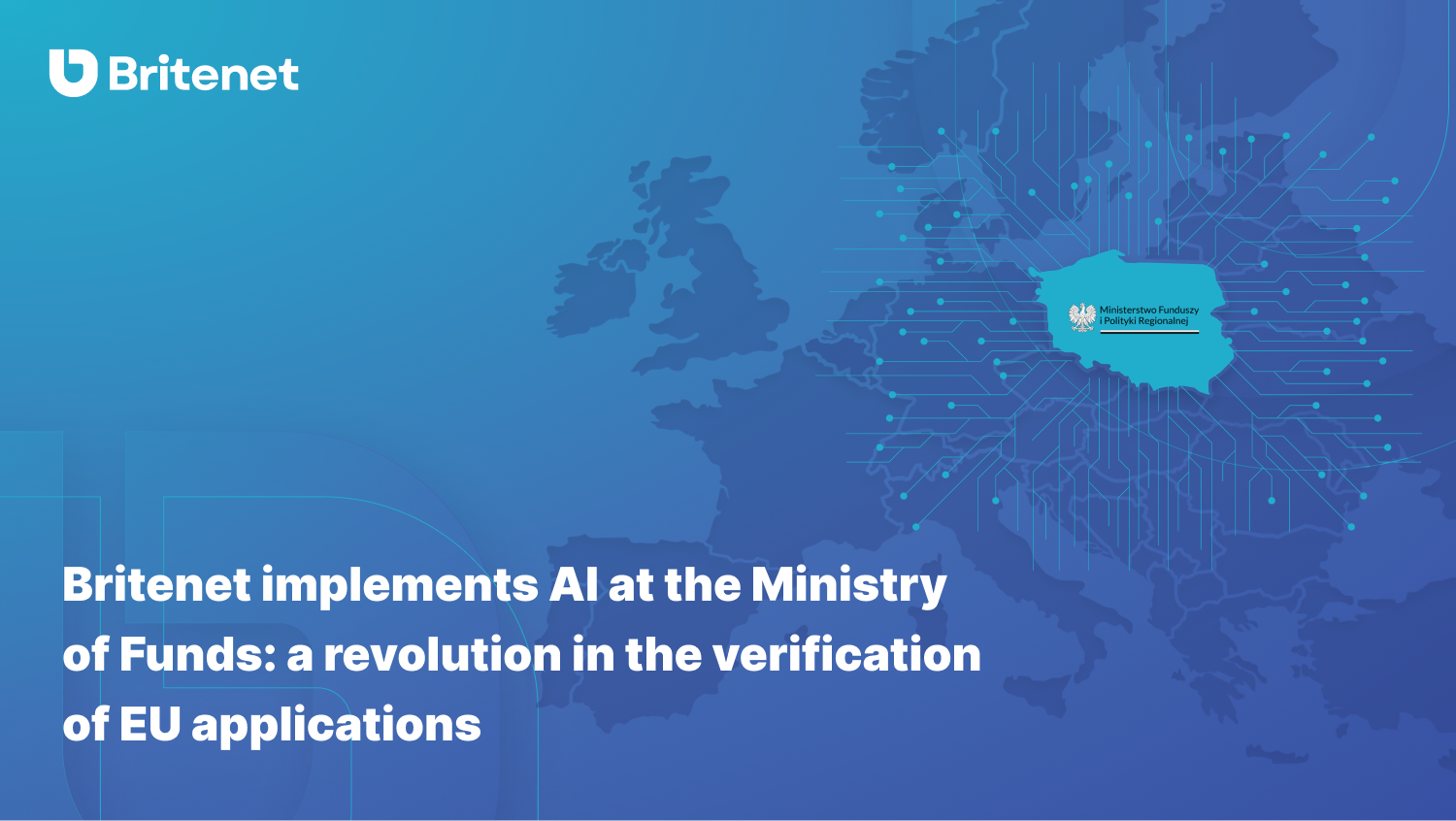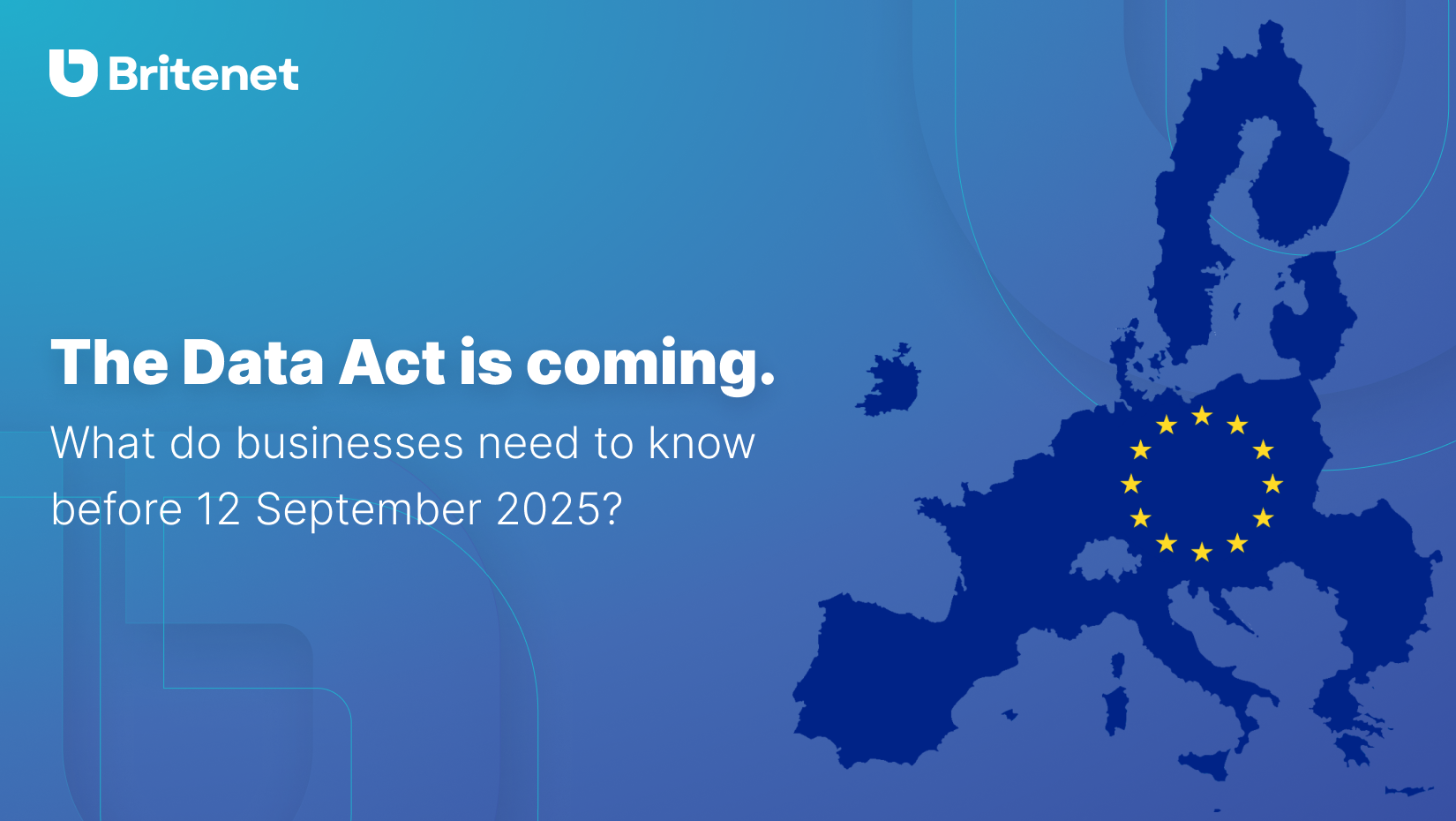As we commemorate World Wide Web Day on August 1st, it's an opportune moment to reflect on the remarkable journey of web design and development over the past decades. This article explores the modern approach to web design, with a particular focus on user experience and compares it to methodologies employed around 15 years ago. The stark contrasts highlight not only technological advancements but also a fundamental shift in how we perceive and interact with the digital world since 1989.
Modern Web Design: The UX-Centric Approach
Today's web design philosophy pivots around user experience. This approach prioritizes the end-user's interaction with a website, aiming to provide intuitive, efficient, and enjoyable experiences. Modern web design begins and ends with the user. Designers conduct extensive research to understand user needs, behaviors, and preferences. This information forms the foundation of the design process, ensuring that the final product resonates with its intended audience.
With the proliferation of devices with varying screen sizes, responsive design has become crucial. Websites are now built to adapt seamlessly to different screen resolutions, providing an optimal viewing experience across desktops, tablets, and smartphones.
The current trend leans towards minimalist designs with ample white space. This approach reduces cognitive load, improves readability, and allows content to take center stage. Flat design, characterized by simple elements, typography, and flat colors, has largely replaced skeuomorphic designs that mimicked real-world objects.
What’s even more important, modern web design emphasizes inclusivity. Designers now consider users with disabilities, ensuring that websites are navigable via keyboard, compatible with screen readers, and adhere to color contrast guidelines. This not only broadens the user base but also aligns with legal requirements in many jurisdictions.
Modern Web Development: Embracing Complexity and Efficiency
The development side of web creation has undergone equally significant changes. Frameworks like React, Vue, and Angular have revolutionized front-end development. These tools enable the creation of complex, interactive user interfaces with reusable components, improving both development efficiency and application performance.
JavaScript has evolved from a simple scripting language to a full-fledged programming language powering both front-end and back-end development. The rise of Node.js has enabled JavaScript to run server-side, allowing for full-stack JavaScript applications.
Modern web applications often follow an API-first approach, where the back-end is developed as a set of APIs that can serve multiple front-ends (web, mobile, etc.). This separation of concerns allows for greater flexibility and scalability.
What is even more cool, is that PWAs blend the best of web and mobile apps, offering offline functionality, push notifications, and app-like interfaces within a browser context. This technology is bridging the gap between web and native mobile applications.
A Different Web Landscape
To appreciate the magnitude of change, let's revisit web design and development circa 2009 and have blast from the past.
Websites were often designed with fixed widths, optimized for specific screen resolutions. The concept of responsive design was in its infancy, and mobile-first design was virtually non-existent. Adobe Flash was widely used for interactive elements and animations. While visually impressive, Flash content was not indexable by search engines and posed accessibility challenges.
While CSS was available, many designers still relied on HTML tables for layout purposes, leading to less flexible and harder-to-maintain code. Web-safe fonts were the norm, severely limiting typographic choices. Custom fonts often required image replacement techniques, impacting accessibility and search engine optimization.
Emerging Trends and Future Directions
Several trends are shaping the landscape of future web design and development.
AI is increasingly being used to personalize user experiences, automate design processes, and enhance backend functionality. Moreover, as voice-activated devices become more prevalent, integrating voice interfaces into web applications is gaining importance.
WebAR is making it possible to deliver augmented reality experiences directly through web browsers, opening new possibilities for immersive content, but immersive still needs to be ethical. There's a growing emphasis on designing with ethics in mind, considering the societal impact of web technologies and prioritizing user privacy and wellbeing.
Finally, blockchain technology and decentralized web concepts are challenging traditional web architectures, potentially leading to more user-controlled data and interactions.
Conclusion
The journey from the early days of the World Wide Web to today's sophisticated, user-centric digital experiences is a testament to human innovation and adaptability. As we celebrate World Wide Web Day, we recognize not just technological advancements but also the evolving understanding of how technology can best serve human needs.
The shift from static, desktop-oriented websites to dynamic, responsive, and accessible web applications reflects a deeper change in our relationship with digital technology. Today's UX-focused approach acknowledges the web's central role in our lives and strives to make digital interactions as natural and effortless as possible.
As we look to the future, the web will undoubtedly continue to evolve. The challenges ahead – from ensuring digital equity to navigating the ethical implications of emerging technologies – will require the same spirit of innovation and user-centricity that has driven web design and development thus far.
World Wide Web Day serves as both a celebration of past achievements and a call to action for future innovations. It reminds us of the web's transformative power and our responsibility to shape it in ways that benefit all of humanity.



